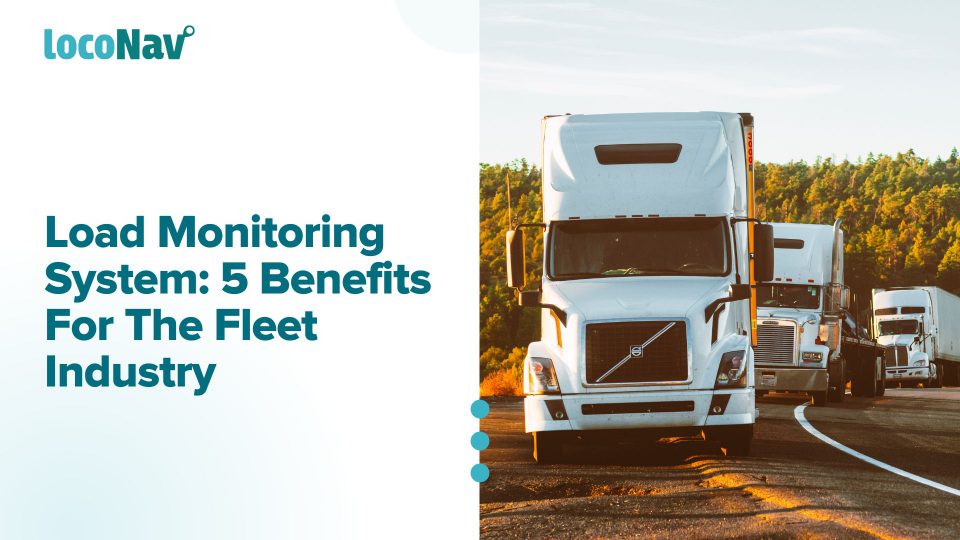

The introduction of the Internet of Things in the fleet management sectors has transformed the way fleets are managed. With its introduction, fleet companies can now keep a live check of their load-distributing trucks and manage end-to-end fleet operations.
While there are several uses and advantages of IoT in the fleet industry, one application that stands out is a load monitoring system. This programme, as the name implies, allows fleet companies to track the weight of on-road trucks from remote locations in real time while they transport merchandise to their respective sites.
As a result, firms (and fleet managers alike) can ensure that cargo is not stolen while en route and that the correct amount of goods is delivered to the receiver.
In this blog, we will explore the top benefits of using a load monitoring system in the fleet industry.
What is a Load Sensor?
A load sensor is a device that is used to measure the weight of your vehicle, before and after loading cargo. It is the ideal solution for avoiding overloading, illegal trucking, preventing routine theft or illicit exchange, and improving monitoring of your driver’s behaviour to increase efficiency. It is intended to measure axle load and cargo weight on vehicles/trucks with either leaf spring suspension or air suspension.
Manage your fleet efficiently with LocoNav’s Fleet Management Solutions!
Why is a Load Monitoring System Needed in The Fleet Business?
Fleet firms can assure the safety of the cargo being carried until it arrives at its destination by using weight monitoring devices. The innovative design of the IoT system enables businesses to collect real-time data related to the weight of their trucks while they transport cargo on roads. The load monitoring system is mounted on their axles to measure the weight and sends it to a cloud server via gateways, where the truck’s weight can be watched and supervised in real-time.
As a result, it is easy for enterprises to keep a close eye on their trucks and ensure that the cargo is secure.
5 Benefits of Using a Load Monitoring System
- Advanced Analytics:
One of the most important aspects of IoT technology is advanced analytics. Companies can use the vast amount of data accumulated over time to improve their operational efficiency. Charts, graphs, and other graphics can be developed using built-in data processing capabilities, making it easier for businesses to visualise data and find bottlenecks.
- Remote Monitoring:
Unlike a wired system, IoT technology is fully cable-free, making it ideal for transportation enterprises that span thousands of kilometres. Its wireless architecture and advanced telemetry capabilities enable weight data to be collected from fleet trucks travelling on roadways and transmitted to fleet managers operating from afar.
- Effective Regulatory Compliance:
Additionally, the adoption of a load monitoring system allows enterprises to ensure that the truck’s weight is well within the regulatory authorities’ standards. Companies can ensure that their vehicles do not damage or ruin roads. Additionally, it ensures drivers do not suffer significant fines due to overloading by keeping truck axle load within the authorised range.
- Scalability
Since IoT devices are totally wireless, the load monitoring system is very scalable and modular, making it suitable for a big fleet. Additionally, the system can be adjusted to collect additional data values. Data linked to the truck’s geographical location, engine condition, tyre pressure, and even temperature can be monitored by using different sensors. As a result, the solution can be adjusted to accommodate vehicle maintenance and cold-chain transit.
- Improved Customer Service
Fleet businesses are required by law to transport products safely and without harm. Companies can communicate information with their clients about the cargo and the truck delivering it until it reaches their doorsteps by employing a weight monitoring and measuring system enabled by IoT technology. This enables transportation companies to provide better service to their customers and persuade them that their cargo is safe throughout the transit cycle.
